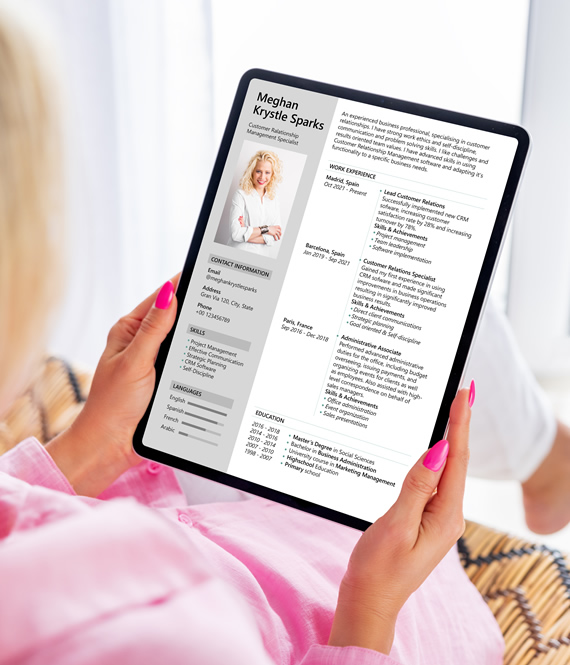
10 Best Practices When Listing Certifications On Your Resume
We recommend helpful products in our articles. Read our full disclosure here. The content on this website is not intended to be a substitute for professional advice, diagnosis, or treatment.
A certification is a document that proves you’re proficient in a specific skill.
According to recent data, 51.3% of US adults hold degrees, certificates, or industry certifications, but they’re only worthwhile to employers if you list them on your resume.
In this article, we’ll show you how.
How to Appropriately List Certifications on Your Resume
If you have certifications, then you may want to list them on your resume to prove that you’re a good fit for the role.
Here are 10 best practices when listing certifications on your resume.
1. Know When to List Them
Certifications are best listed on a resume when it’s directly related to the job and industry you’re applying for.
If you’re applying for a remote medical job as a medical assistant, a CMA should go on your resume.
Once it’s there, you can show potential employers that you’re fit for the role.
2. Know Where to List Them
List your certifications either on the first page of your resume or in the skills or professional certifications section.
Review professional resume samples if you’re not sure where that is.
Make sure you list the name of the certification, the name of the organization, and the year earned.
3. Highlight Relevant Certifications
When listing certifications on your resume, focus on those that are most relevant to the job you’re applying for.
If your resume is too long, you may want to avoid listing certifications that aren’t as critical to your job search.
You should customize your resume for every job posting.
4. Briefly Explain Your Certifications
Use a few sentences to provide more information about the certifications you’ve earned, what they involve, what you learned, and how they will be useful to the job.
This can help the hiring manager visualize you in the role and understand more about you and your capabilities.
5. Be Consistent
Use the same format to list all your certifications.
Consistency shows that you’re organized and detail-oriented, which are important traits employers look for.
As a rule, resumes should use font sizes 10, 11, or 12, the same font type throughout (Arial is preferred), and bolded headlines.
6. Show Evidence When Appropriate
If possible, provide links or a copy of your certification along with your resume.
This can add legitimacy to your claims and allow the employer to further verify your credentials.
If you’re submitting your resume in person, consider photocopying and attaching your certification.
7. List Them in Chronological Order
List the most recent certifications first to demonstrate your most recent knowledge and experience.
If you have to update your certification yearly, state beside the year that your certification is “up to date.”
Write the expiry date for your certification if necessary.
8. Make Sure It’s Error-Free
Before submitting your resume, double-check the accuracy of the information and make sure the formatting is consistent.
59% of recruiters will reject a resume and cover letter if they notice any typos or grammatical errors, so be sure to review your resume with a fine-toothed comb.
9. Keep It Updated
Make sure you update your resume anytime you get a new certification or receive additional training.
Not only will this help you find more work, but it’s also good practice to review your resume whenever you’re applying.
You may need to adjust it for a specific or specialty role.
10. Be Honest
Never list false certifications on your resume.
It’s dishonest and could damage your reputation and harm your job prospects.
If your employer calls your bluff, you could be blacklisted from your industry.
Depending on your role, you may face criminal charges and significant fines.
By following the 10 best practices for listing certifications on your resume, you’ll demonstrate your expertise and show potential employers that you are the best candidate for the job.
"We love to research problems, examine studies, analyze solutions, and share with you ideas that make life healthier. You can learn about us and our editorial standards here. Have suggestions or feedback to share? Send us a message!."













Leave a Comment